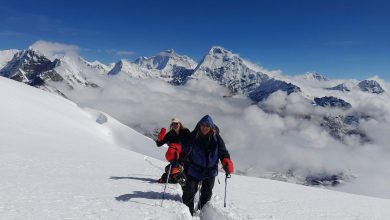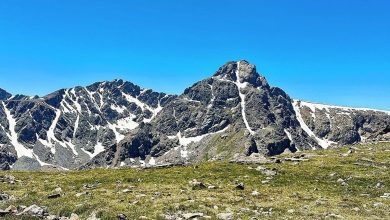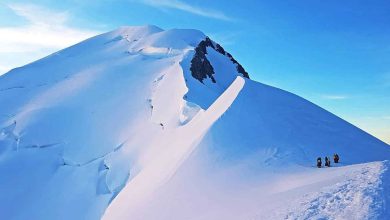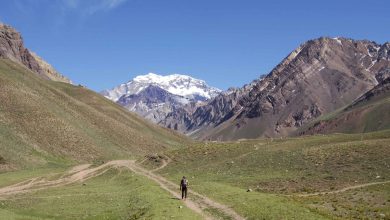Mount Arapiles (370 m): World Renowned Rock Climbing Destination

Mount Arapiles is a rock rising 140 meters (460 ft) from the Wimmera plains. It is situated in western Victoria, Australia. The rock formation is 10 kilometers (6.2 mi) to the west of Natimuk. Additionally, it is also a part of the Mount Arapiles-Tooan State Park. Almost every day and throughout the year, there are people climbing rocks here. In fact, it is one of the most popular and premium destinations for rock climbing in Australia. However, the rock was not considered a spot for recreational purposes until 1963.
There are several interesting facts about Mount Arapiles. Make sure to read till the end of this article to know more!
All you need to know about the history of Mount Arapiles
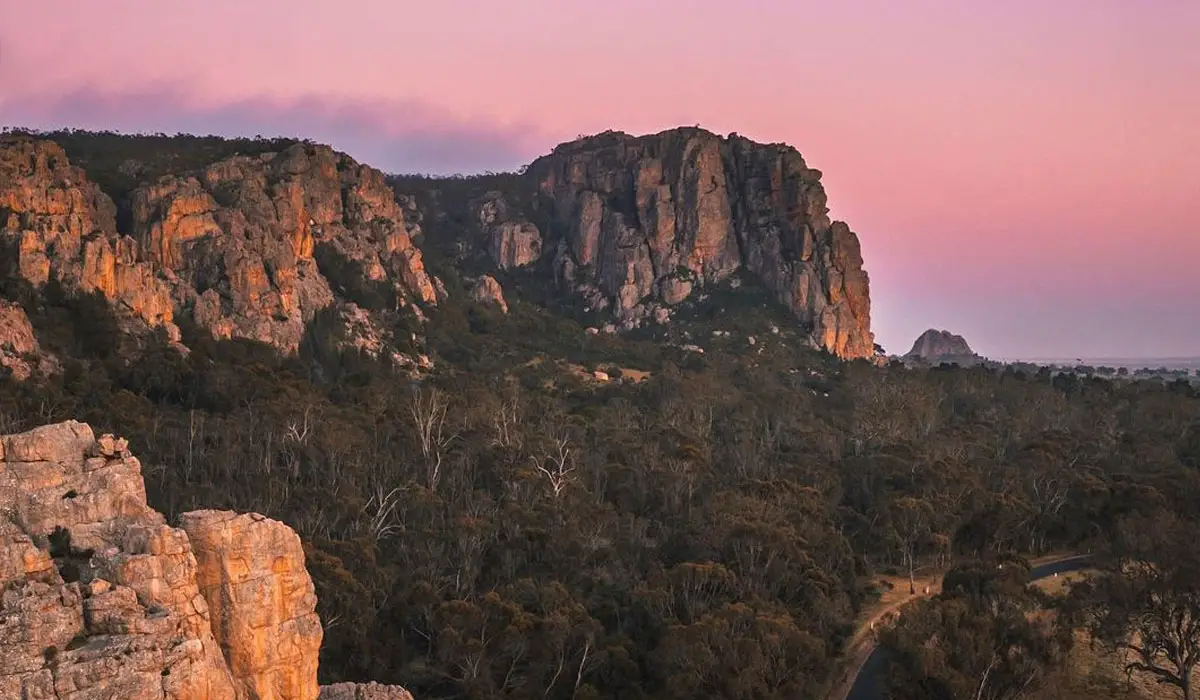
Mount Arapiles is not necessarily a snowy mountain but a rocky one. It is one of the most prominent rocks in Australia’s Victoria, and many rock climbers come to climb it. Before the Europeans colonized Australia, there was a habitat of the Djurid Baluk clan of the Wotjobaluk people in Mount Arapiles. The mountain dates back several thousand years in this sense.
Moreover, the Wotjobaluk people used to make use of the sandstones found in the mountain as stone tools. These habitats lived in small caves around the mountain itself during those times. The clan broke in the mid-1840s after the Europeans took over the place. Major reasons why the people of the clan went away from the mountain are the entrance of new diseases, loss of resources in the mountain, and a clash with the new settlers.
The people of the Djurid Baluk clans did not completely go from the mountain, and there are still a few people from the clan who live around Mount Arapiles. However, during the older times of European colonization, many of the Wotjobaluk people were sent to mission stations. You will find several archaeological sites in the mountains. There are at least 42 Aboriginal archaeological sites, which include quarries.
Major Thomas Mitchell and his contributions to Mount Arapiles
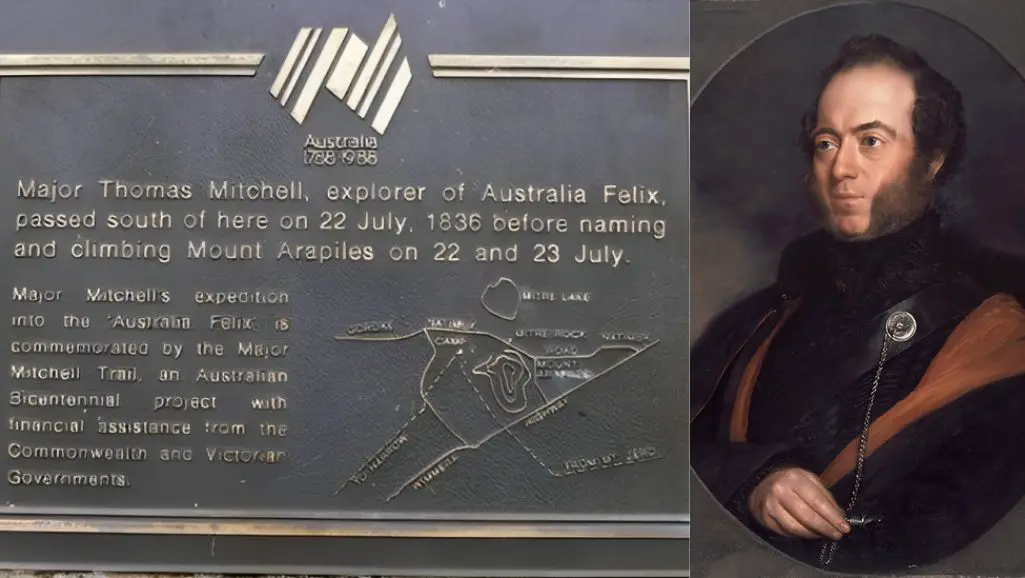
Major Thomas Mitchell was a European explorer who, upon his visit to Mount Arapiles in the 1800s, made major contributions to the location. There wasn’t necessarily any name of the rock building when he first visited it. Hence, he named the mountain after Arapiles Hills near Salamanca, Spain. Close to the campgrounds, you will also see a plaque dedicated to Major Thomas Mitchell, known as the Plaque Rock. The Arapiles Hills is the location of the Battle of Salamanca. The explorer is known to have seen the battle in action. Mitchell also made the very first ascent of the mountain on 23 July 1836.
A day before he ascended the mountain, he wrote in his diary, “This certainly was a remarkable portion of the earth’s surface, and rather resembled that of the moon as seen through a telescope.”
Climbing history of Mount Arapiles
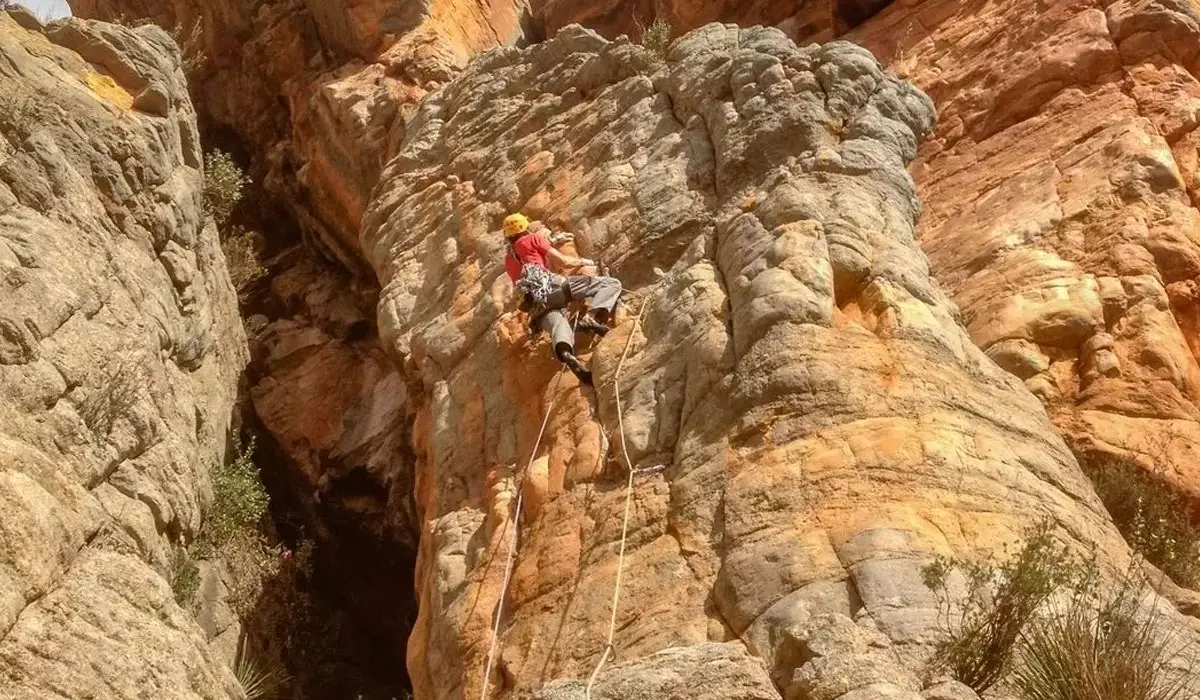
There are many routes associated with Mount Arapiles. However, there is a common route that every rock climber takes when here. The climbers popularly free climb in this mountain. As of the present time, thousands of routes have been recorded here. While the first ascent was made in the 1800s, the mountain was not used for any recreational purposes until 1963, when Bob and Steve Craddock decided to go to the Mitre Rock.
However, they realized that the rock building was rather shrunken by the bigger rock mountain Mount Arapiles. It took them several weeks to go to the mountain and consider routes to climb before actually taking action. They made the ascent in November 1963 from the Pinnacle Face. Craddocks, Doug Angus, Peter Jackson, and Greg Lovejoy formed a group and split into two groups again to continue their climb from the same route. Their climb became a way of inviting many other rock climbing enthusiasts to the mountain.
A year later, in 1964, Steve Craddock introduced a guidebook for those looking to climb Mount Arapiles. He did so in a school duplicating machine. The readers were introduced to 15 routes through the guidebook. Mike Stone and Ian Speedie introduced a second guidebook for Mount Arapiles called Mt. Arapiles. This book further introduced the readers to 108 climbs. Readers, along with the climbers of Mount Arapiles, gradually increased with time. Similarly, hundreds and even thousands of routes were discovered by other climbers.
Rock Climbing and Camping in Mount Arapiles
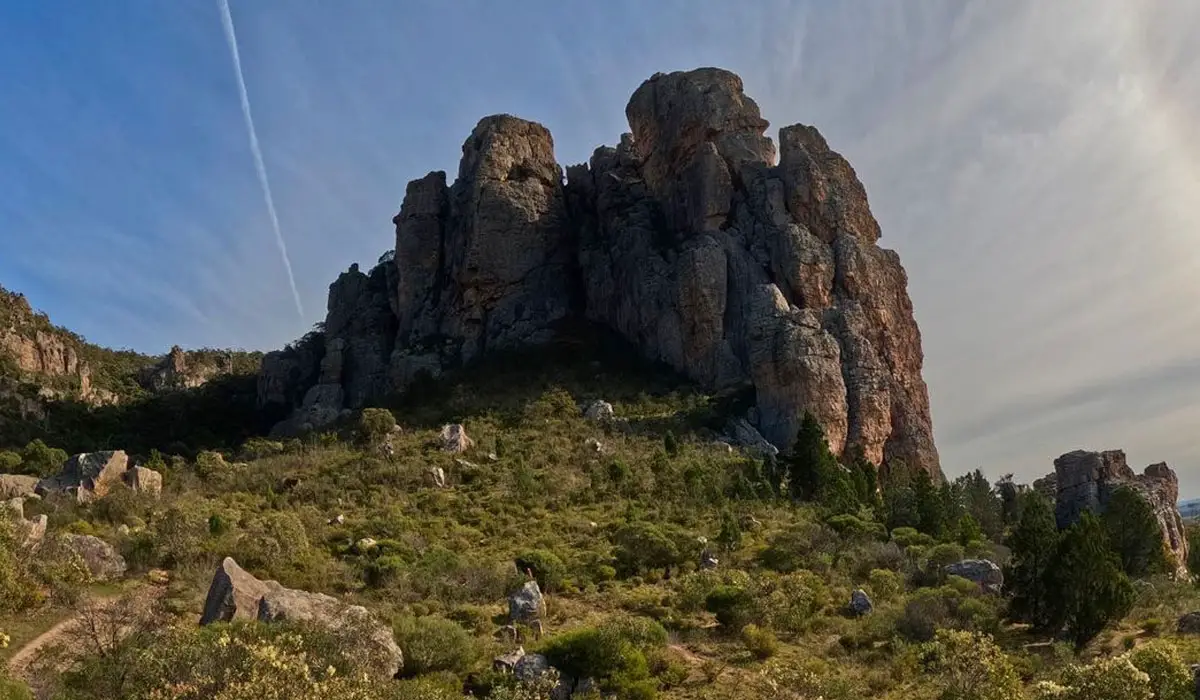
If you are trained as a rock climber, then you will most likely not find it hard to climb Mount Arapiles. Given you are a beginner, you will definitely need a trainer and a guide to help you climb the mountain. Being skilled and qualified in both rock climbing and knowing about the mountain is necessary before you make an attempt to climb Mount Arapiles. Regardless of the climber’s expertise, there are thousands of visitors who come to climb the rock mountain throughout the year.
The climbing areas include Declaration Crag and Bushranger Bluff, the Atridae, the Organ Pipes, Bard Buttress and Tiger Wall, the Bluffs, Castle Crag, the Pharos, the Pinnacle Face, the Watchtower Faces, the Northern Group, and Mitre Rock.
Likewise, Mount Arapiles is also a great camping site. Centenary Park is located on the East side of the mountain. The fee is applicable to the visitors. Also, a public toilet is available on the site. However, you are not allowed to campfire in just any month besides the months between May and October. There are no powered sites in the area.
Frequently Asked Questions (FAQs)
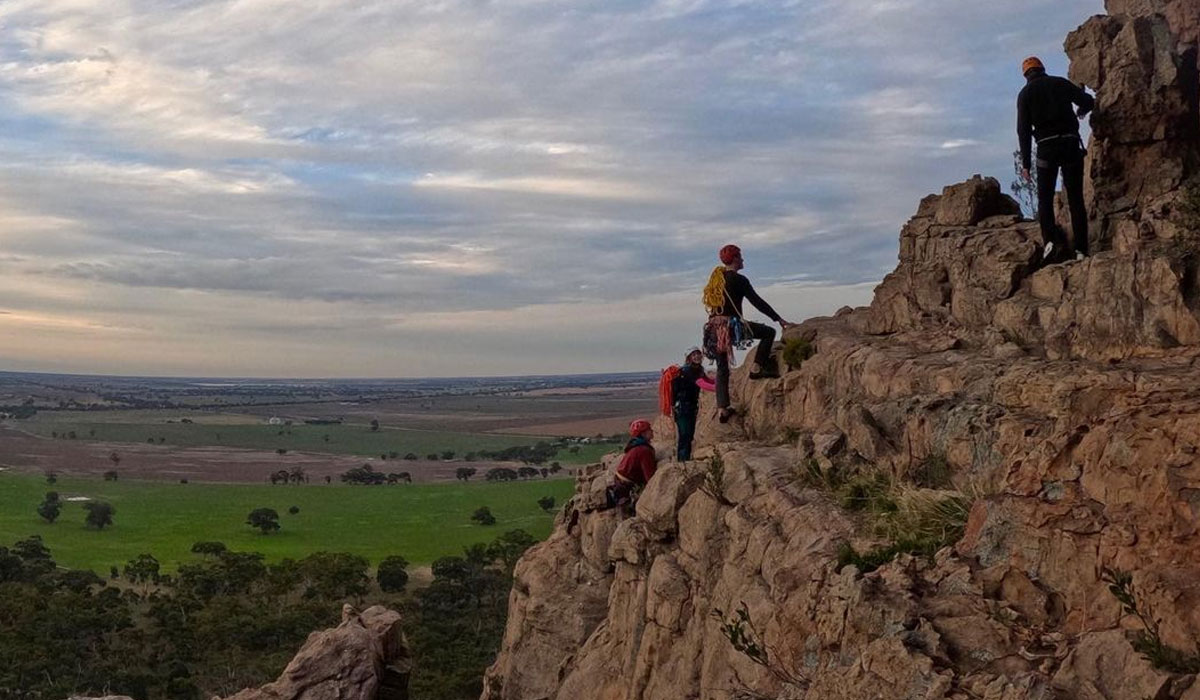
How high is Mt Arapiles?
Mt Arapiles is 140 metres (460 ft) tall.
What type of rock is Mt Arapiles?
Mt Arapiles is quartzite, a metamorphic rock.
Is Mt Arapiles part of the Grampians?
Yes, Mt Arapiles is part of the Grampians.
Where is Mount Arapiles located?
Mt Arapiles is located 334km northwest of Melbourne.
Where did Arapiles get its name?
Arapiles got its name from Arapiles Hills.
Also read:
